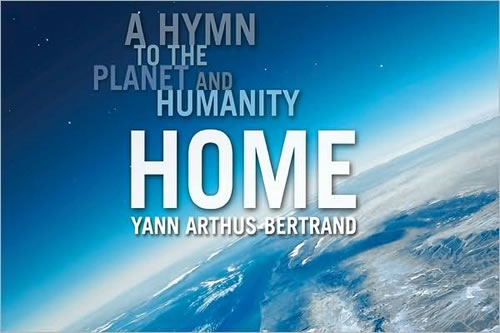I meet a new person, we talk about this or that, or perhaps have very little to say to each other, and already the course of our interaction is set for... well... maybe the remainder of our lives. I get a haircut, style it a certain way and it's a likely gamble it'll look very similar until a radically creative moment or an inspiration for a new 'do.
Some people who know me well enough are likely to observe that this sounds bogus and very little of my life stays the same. I change locales and so jobs, homes, phone numbers and social circles more often than the US government declares a new terrorist-harboring enemy. Well, these observers would be right. But isn't that just another habit of mine that's ingrained and likely to persist until I (or some higher powers via a mediating event in my life) will decide to take root in something more lasting?
The truth is, I'm great at beginnings. I ooze with good ideas and awesome visions and can rally myself into wild and new experiences when others are too comfortable in their familiar setting to toss it all away on a whim. I start projects, learn the basics of a musical instrument, find my "dream job"... But then the excitement peters out and like a New Year's resolution, the new thing becomes the old thing that falls by the wayside as another opportunity glistens on the horizon. I'm the same with writing a first draft and then feeling a mix of boredom and fear about settling down to the refinement of my prose towards a higher destiny. Often, I just can't be bothered.
 So with this in mind I dedicated a full 7 days to a juice cleanse. About 10 brave fabulous souls (Rich included) bonded in this experience. We began our mornings with yoga, drank juices and whole food supplements 5 times a day and convened in the evenings to meditate and discuss the process, with frequent trips to the loo flushing toxins out of our spring-cleaning bodies.
So with this in mind I dedicated a full 7 days to a juice cleanse. About 10 brave fabulous souls (Rich included) bonded in this experience. We began our mornings with yoga, drank juices and whole food supplements 5 times a day and convened in the evenings to meditate and discuss the process, with frequent trips to the loo flushing toxins out of our spring-cleaning bodies.I am a huge believer in the philosophy that our body, mind and spirit are very closely interwoven. As I took a break from the comfort and distraction of food and worked harder than ever in my asana practice, I held on closely to a hopeful vision that some of my solid ways of thinking and being are becoming more flexible and shifting towards a spontaneous happy freedom of embracing each moment as it unfolds.













